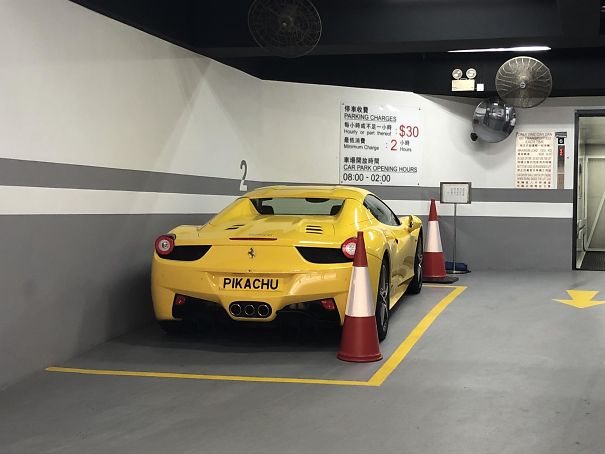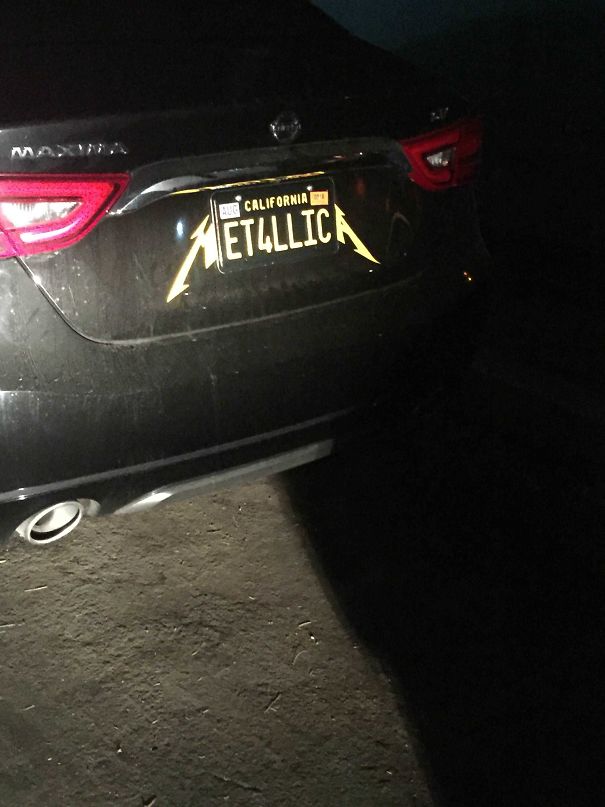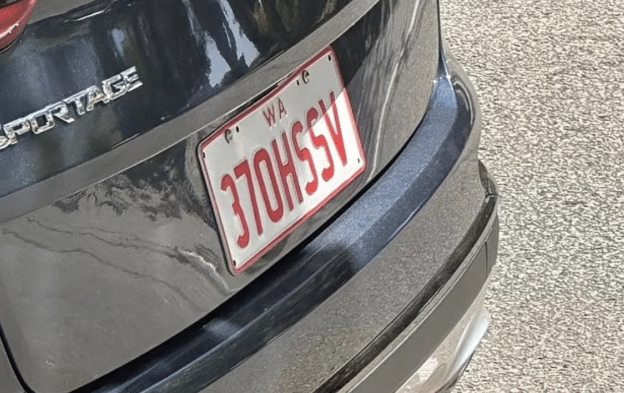Vanity license plates have long been a source of both amusement and irritation. While most drivers are assigned a random combination of letters and numbers, some individuals go out of their way to make their vehicles stand out with custom plates. These plates often spark mixed reactions—some see them as clever and entertaining, while others view them as unnecessary attempts to draw attention. Still, during a long drive, stumbling upon a funny or creative plate can feel like a little roadside entertainment that lightens the journey.
Despite the efforts of DMVs and transportation authorities to regulate and limit overly flashy or inappropriate plates, people continue to find ways to express themselves through these small metal signs. Over the years, vanity plates have evolved from practical identifiers into personal billboards filled with humor, wordplay, and even subtle riddles. They’re now a form of cultural expression, with drivers showcasing everything from dad jokes and fandom references to symbols of wealth and status.
Interestingly, license plates have a fascinating history. According to Chrysler Capital, the earliest plates issued by U.S. states were made of iron covered with porcelain enamel. Delaware is the only state that still sells porcelain plates, which start at around $110. Because porcelain was fragile and prone to breaking, states experimented with replacements, including cardboard, leather, and even pressed soybeans before settling on more durable materials.
By 1928, Idaho introduced the first graphic license plate featuring its famous potato. Just three years later, Pennsylvania offered the first personalized plate in 1931. As custom plates grew in popularity, they also became a valuable revenue source. Higher fees for personalized plates have brought in hundreds of millions of dollars for states, funding schools, wildlife conservation, and public programs.
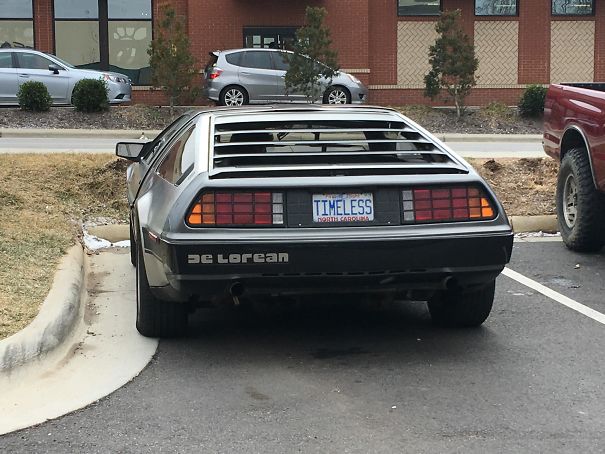
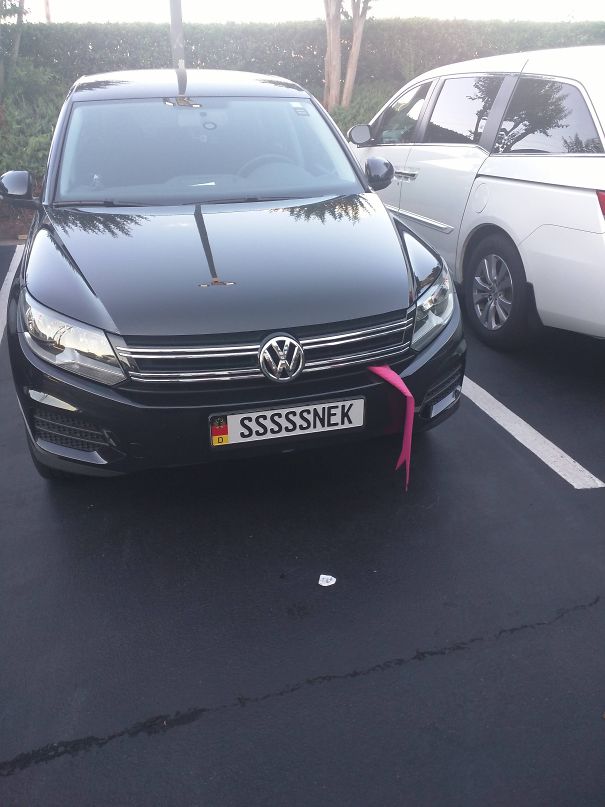
Today, the process of producing license plates varies by state. In most cases, governments rely on inmate labor to mass-produce plates at low cost. Only Alaska, Hawaii, and Oregon outsource production to privately held factories. And although every state now permits vanity plates, their popularity differs widely. Virginia leads the nation with the highest percentage of custom plates, followed by New Hampshire and Illinois. On the other end of the spectrum, Texas residents use them the least.

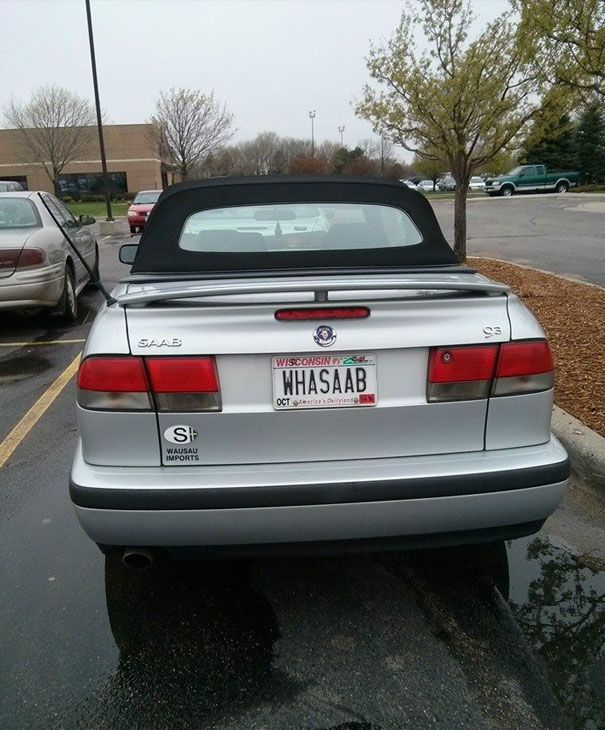
The fascination with vanity plates has also spilled into the world of high-dollar auctions. One of the most famous examples is the license plate “P7,” which sold for a staggering $15 million in August 2023. The sale proceeds went to charity, making it not just the most expensive vanity plate ever but also a symbol of how much people are willing to pay for exclusivity. What’s ironic, however, is that “P7” doesn’t even hold a hidden meaning—it’s simply rare, and in the world of collectors, rarity alone can make an item priceless.
Whether you find vanity plates tacky, hilarious, or downright impressive, there’s no denying they’ve become a unique part of car culture. They’re tiny windows into people’s personalities, offering everything from jokes to status symbols, and occasionally, a record-breaking auction story that leaves everyone stunned.
